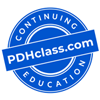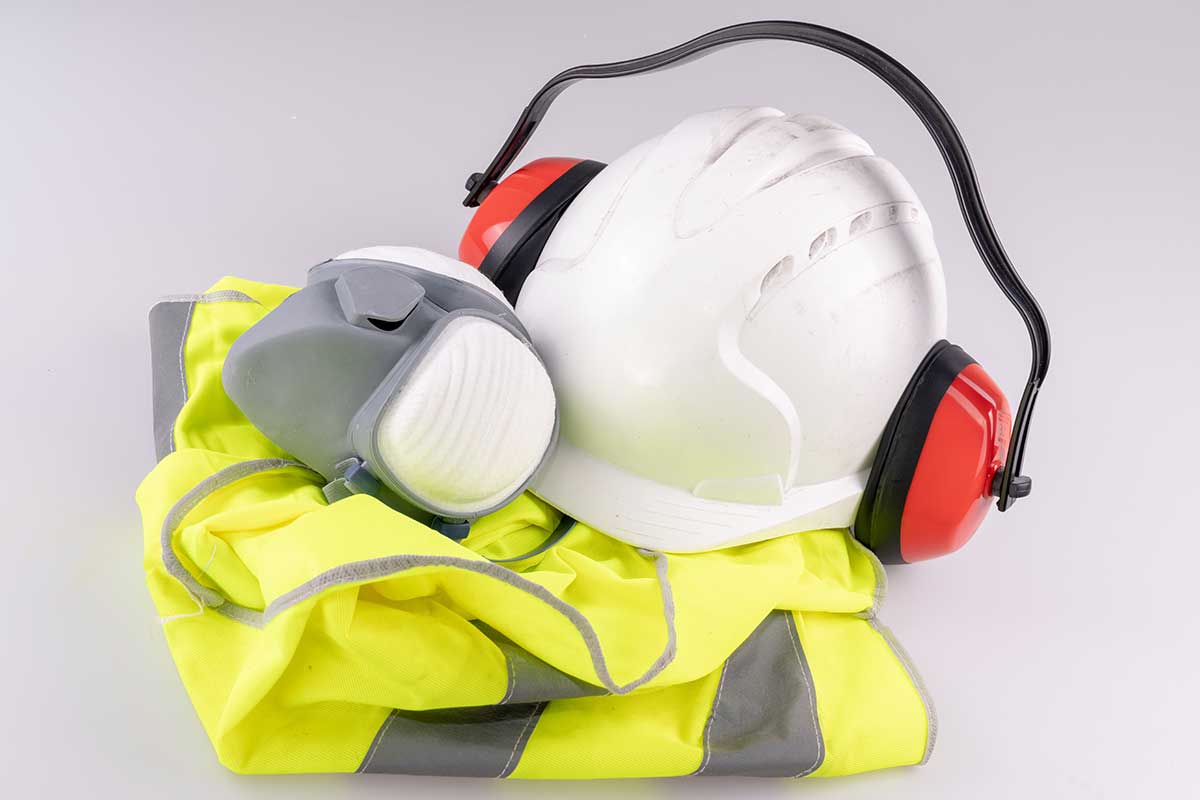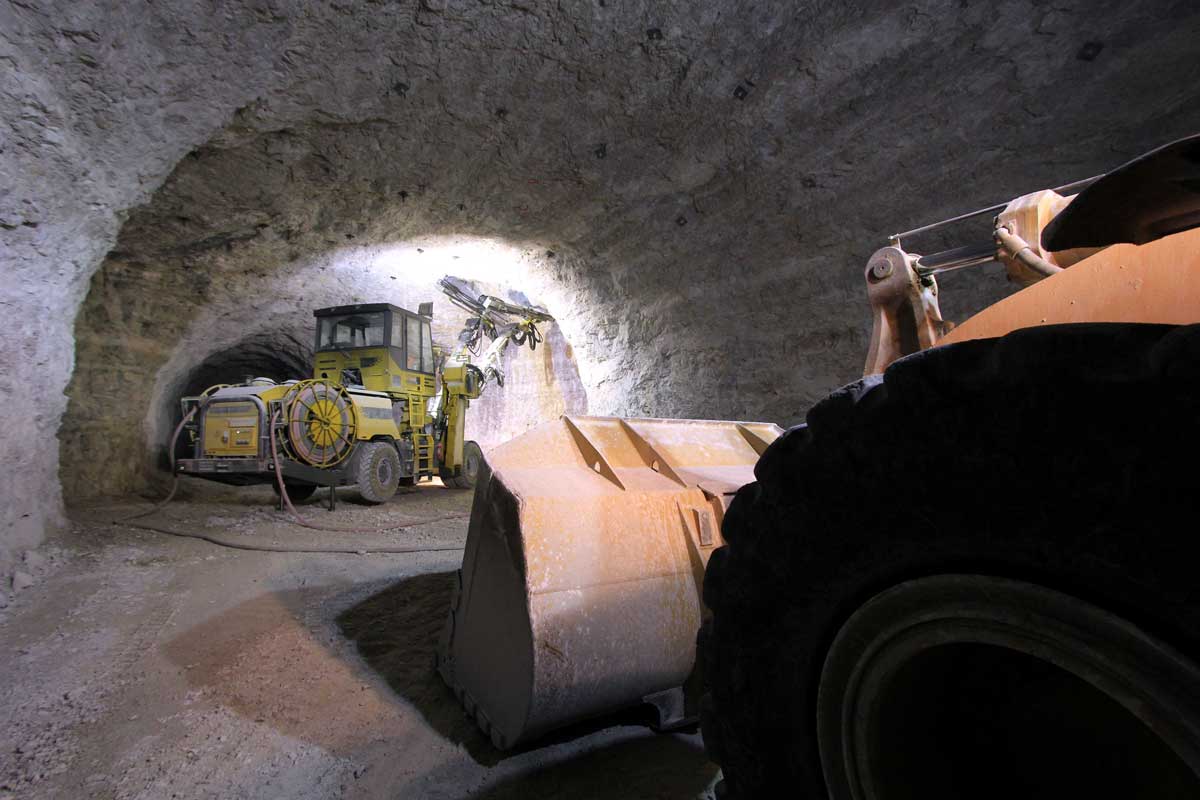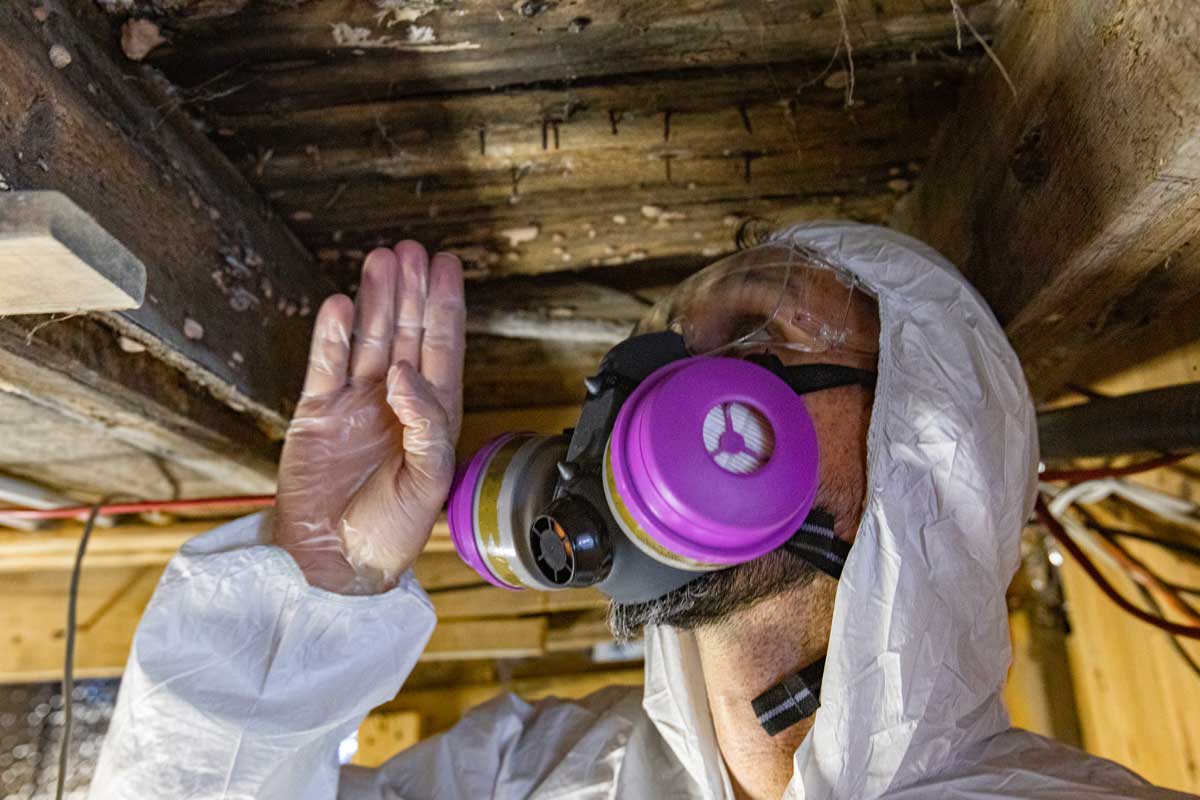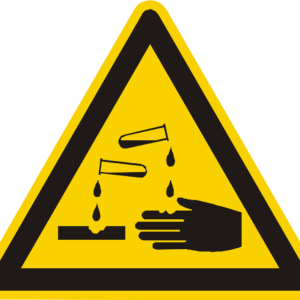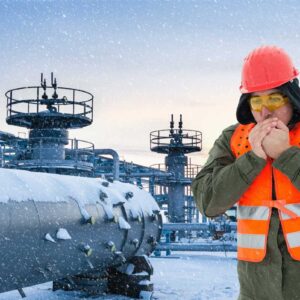Description
COURSE DESCRIPTION – A Guide to Respiratory Protection
In industry, respirators are often viewed as a quick fix for protecting employees against overexposures to airborne contaminants in areas of inadequate ventilation. However, there are limitations on the use of respirators that, if exceeded, can subject employees to serious or fatal health consequences.
References to respirators can been found as early as ancient Roman times and the Middle Ages. Early respirators consisted of animal bladders and rags wrapped around the nose and mouth. In the 19th century, fire fighters developed masks, that combined aerosol filters and vapor absorbents.
During World War I, the Bureau of Mines developed respirators for use by the army. Following the war, the need to protect uniformed individuals from the improper use of army surplus respirators led to the development of the first US respirator standards by the Bureau of Mines. The first respirator approval was issued in 1920 for a self-contained breathing apparatus (SCBA). Other federal standards, certifications and approvals followed which eventually led to the present OSHA respiratory standards and the National Institute for Occupational Safety and Health (NIOSH).
For many people the term “respirator” may invoke images of single strap dust masks similar to those sold at most hardware store, the gas masks worn by military personnel, or self-contained breathing apparatus (SCBA) worn by fire-fighters. Regardless of the type of respirator, if it is not properly used it can have detrimental health effects ranging from slight irritation, to illness or, in the worst case, death. This course introduces the correct uses of the various types of respirators.
This course includes a multiple-choice quiz at the end and is intended to provide 3 hours of professional development.
LEARNING OBJECTIVES
At the conclusion of this course, the student will:
- Be introduced to respiratory hazards in the workplace
- Become familiar with the different types of respirators
- Understand the elements of a respiratory protection program
- Understand the respirator selection process
- Learn about medical evaluations
- Understand in importance of proper fit testing
- Be introduced to the proper use of respirators
- Be introduced to the proper maintenance and care of respirators
- Be introduced to employee training and information
- Be introduced to standards pertaining to respirator selection and prohibitions
